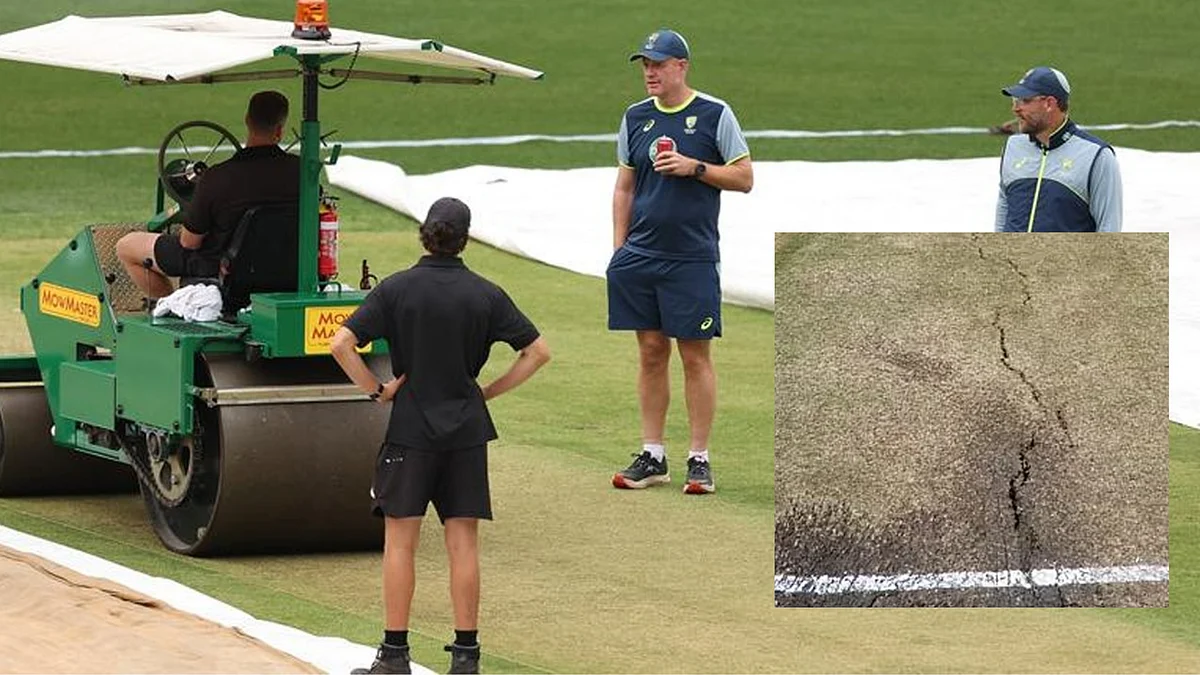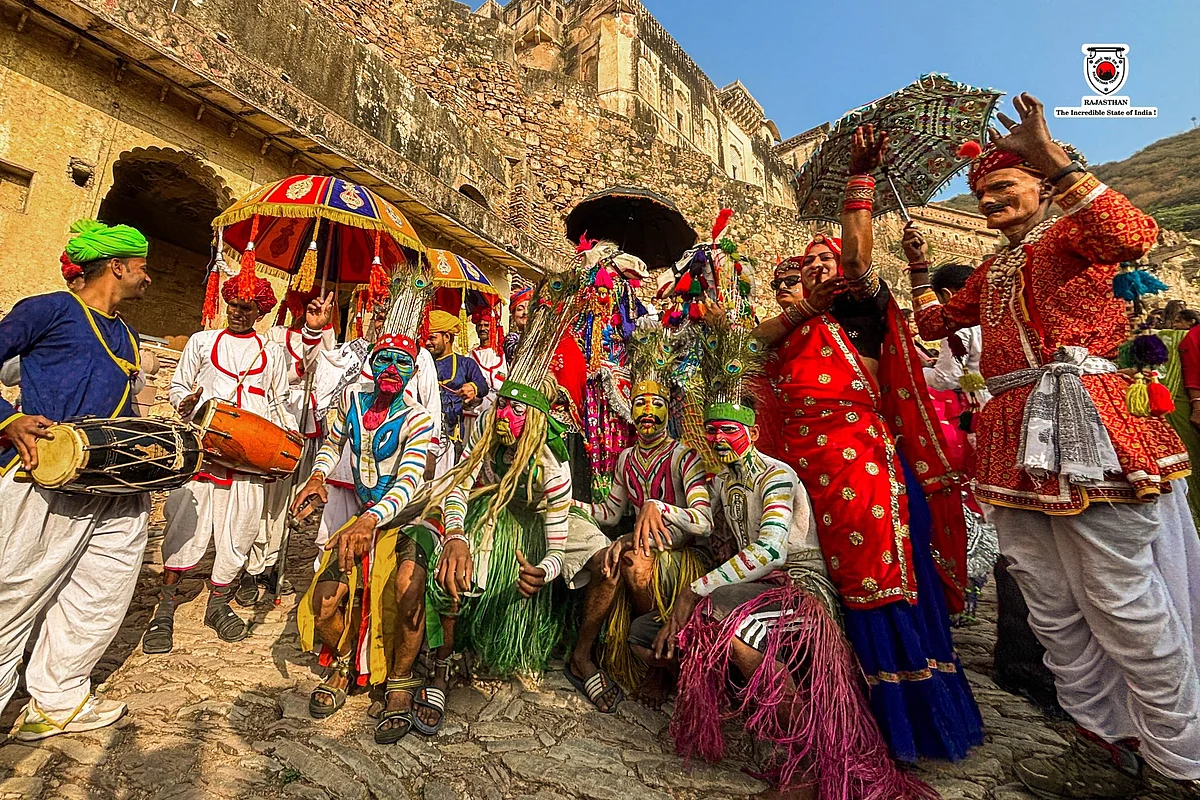It is a city where tradition blends with modernity, where the old and the new meet in subtle and charming ways, writes ROSHNI UDYAVAR YEHUDA.
A massive hourglass figure of stainless steel installed by the internationally renowned Indian/Jewish artist, Aneesh Kapoor, and commissioned by the Jerusalem Development Authority, greets one at the threshold of the renovated Israel Museum in Jerusalem. The untitled work has since been dubbed as ‘Upside down’ as the piece of art reflected the world upside down, just as it is to discover Jerusalem, from the present in to the past!
As part of a team of architects and journalists participating from around the world in the ‘Open House Jerusalem’, festival from 18 to 20 September 2014, I precisely got this opportunity – to explore the vitality of this ancient city.

Two thousand five hundred feet above mean sea level, the air in Jerusalem is cool, with a distinct flavor of the spiritual. No wonder, ‘Jerusalem’ is synonymous to the ‘holy land’. Situated precipitously in the Judean mountains between the Mediterranean and the Dead Sea, Jerusalem is the birthplace of three of the world’s major religions – Judaism, Christianity and Islam. The roots of the city are more than 3000 years old, and one can feel the layers of history as we walk through its narrow cobblestone streets. If this is your first visit, the city can simply sweep you off the ground!
At the heart of Jerusalem is the old city surrounded by a massive wall, rebuilt in the 16th century by the renowned Ottoman Sultan, Suleman the Great. Within its perimeter, the city is divided into four quarters – Jewish, Muslim, Christians and Armenian. A pilgrimage site for millions of tourists from around the world, the story of Jerusalem is one of conquests and wars. Capturing and taking control of this historic city was crucial for generations of rulers – the Babylonians, Greeks, Romans, Byzantines, Caliphates, Mamluks, Crusaders, Ottomans and finally, the British – until the formation of the State of Israel in 1947.
A walk along the Cardo (meaning ‘a main street’ in Roman) in the Jewish Quarter, built by the Roman, Adreanus, gives you a glimpse of the houses embedded, as if along both sides of the stone pathways, as also a colorful market leading up to the Holy Sites – the Western Wall, which is holy to the Jews, the Church of the Holy Sepulcher, and the Dome of the Rock on the Temple Mount. A visit to these sites brings in a deep sense of history, of going back to the times of Christ and beyond.
Of course, the city has much color and charm beyond the holy sites. The Machane Yehuda (Camp of Yehuda) market is one such exciting place. Construed as a place for selling their crops and wares, the market was set up by a small group of Arab farmers. Presently, the market has grown to be one of the biggest in the country with everything from cosmetics to cafes, ceramics to souvenirs, spices to fresh vegetables, toiletries to grocery – all in one location. The market is bustling, colorful, and a treat to the senses. Being in the market, one gets a feel of ethnicity of the region, and of being at home with the local people.
The Israel Museum is an art, architectural and historical delight. An endless maze of history and art of that region, it was opened in 1965. The Architect Alfred Mansfeld was awarded the Israel Prize for Architecture for the design that is a modular replication of a Mediterranean Village that could grow organically, as indeed, the Museum has since then. A jar-shaped white structure housing the Shrine of the book in the complex is most intriguing as one descends into it like in a cave to discover the original Dead Sea Scrolls found in the Qumran Caves of the Judean Desert from around 100 BCE!
If you are touring Jerusalem all by yourself, there is no better place to be entertained than the revived old train station complex. Designed in 1870s, and inaugurated in 1892, the Jaffa-Jerusalem narrow gauge railroad track, helped transport emergency supplies to Jerusalem during the First World War.
Abandoned, and in a dilapidated state, the Jerusalem Municipality and Jerusalem Development Authority revived it in 2003 by announcing a tender to convert the station complex into a cultural center. The ‘Train Track Park’ as it is now known, is a bustling leisure complex for the entire family with cafes, restaurants, bars, cycling and walking tracks, a colorful market, a gallery, a visitors’ center, a play area for children, and a large central open space for musicals and plays. The sight of the old wagons, and the partly exposed rail track, are reminders of its original function.
Local travel within Jerusalem is possible through buses and taxis that traverse the difficult terrain of the city, and of course, the newly introduced Light Rail. The Jerusalem Light Rail slides through the cobbled streets of the city as stealthily as it merges with its historic fabric.
Meandering along the streets of Jerusalem, in the vicinity of Independence Parkone afternoon, during the Jewish Festival period, we were looking for an eating joint that would give us a taste of the local. And surely in one of the by-lanes, found an array of small eateries serving piping-hot ‘shakshukas’ (eggs tossed into tomato puree and cooked in it with traditional spices); ‘jhach ‘noon’, a typical Shabbath morning snack – a baked roll served with a boiled egg, tomato paste and spiced coriander paste; and the delicacy I grew crazy over: ‘melavvach’ – layers of batter rolled with stuffings of mushrooms, roasted egg, tomato sauces, a visual and culinary treat.
Jerusalem is blessed by the heritage of cultures – people coming in from North & Southern Africa, Eastern & Western Europe, with communities bringing in the very best of their cuisines.The city wakes late into the night in places like the German Colony, the Ben Yehuda pedestrian mall, the NakhalatShiv’a, ShlomtsiyonHamalka Street and the Russian Compound. It is a city where tradition blends with modernity, where the old and the new meet in subtle and charming ways.
(Roshni Udyavar Yehuda is Head, RachanaSansad’s Institute of Environmental Architecture; roshniudyavar@gmail.com)










